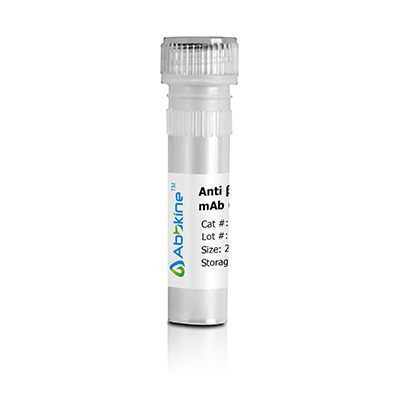SACS encodes the sacsin protein, which includes a UbL domain at the N-terminus, a DnaJ domain, and a HEPN domain at the C-terminus. SACS is highly expressed in the central nervous system, also found in skin, skeletal muscles and at low levels in the pancreas. SACS includes a very large exon spanning more than 12.8 kb. Mutations in SACS result in autosomal recessive spastic ataxia of Charlevoix-Saguenay (ARSACS), a neurodegenerative disorder characterized by early-onset cerebellar ataxia with spasticity and peripheral neuropathy. The authors of a publication on the effects of siRNA-mediated sacsin knockdown concluded that sacsin protects against mutant ataxin-1 and suggest that "the large multi-domain sacsin protein is able to recruit Hsp70 chaperone action and has the potential to regulate the effects of other ataxia proteins" (Parfitt et al., PubMed: 19208651). A pseudogene associated with this gene is located on chromosome 11. Alternative splicing of this gene results in multiple transcript variants.
Optimal working dilutions should be determined experimentally by the investigator. Suggested starting dilutions are as follows: IHC-p 1:50-300.
SACS Polyclonal Antibody product listed herein is for research use only and is not intended for use in human or clinical diagnosis. Suggested applications of our products are not recommendations to use our products in violation of any patent or as a license. We cannot be responsible for patent infringements or other violations that may occur with the use of this product.
Find more details at https://www.abbkine.com/product/sacs-polyclonal-antibody-abp60320/
bio-equip.cn




